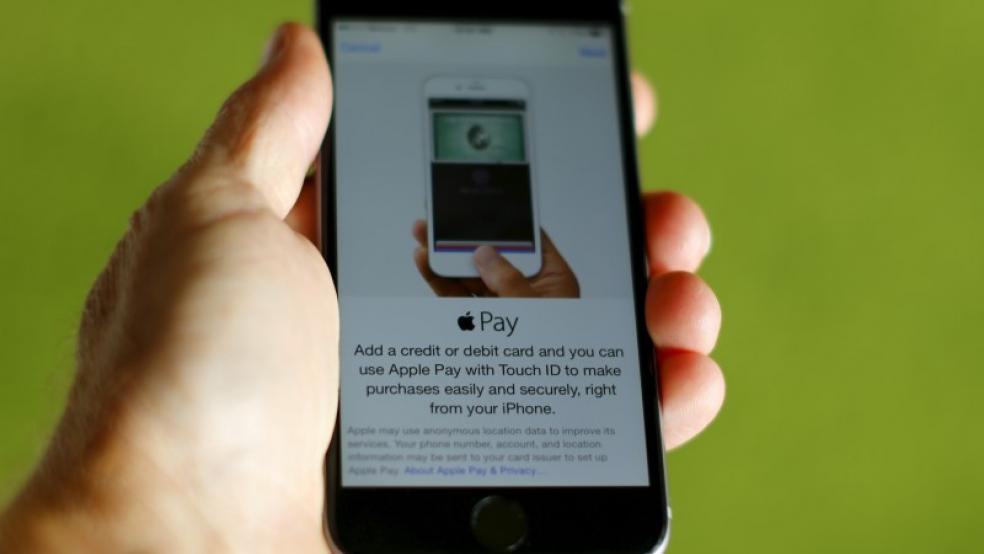While pundits have been promising for years that we’ll soon be able to leave our wallets at home and pay for everything via our cell phones, mass adoption of mobile, digital payment systems hasn’t yet taken hold. But the numbers are improving every year, and a new report from Park Associates finds that more than 25 percent of U.S. smartphone owners use payment apps at least once a month.
One of the biggest obstacles to more widespread adoption is that the market has been so fragmented that neither consumers nor retailers have been willing to commit to a single provider. However, it seems that leaders finally may be starting to emerge.
More than three-quarters of retailers said last in a new National Retail Federation survey that they would start accepting Apple Pay by the end of next year, and nearly 60 percent said that they’d accept PayPal.
Related: Are Apple's Glory Days Over?
While Apple may be winning the hearts and minds of retailers, PayPal is the most popular mobile payment app among consumers. More than three times as many consumers use PayPal as use Apple, according Park Associates.

It has gotten easier this year for retailers to start accepting mobile payments, since the terminals required to accept the new credit card chips generally can also take payment via near-field communication, the technology used by most mobile payment systems.
Among the retailers surveyed by the NRF, 72 percent said that they would have the capability of accepting near-field communication payments next year, but just over two-thirds said they’d only accept one or very few types.
Still, just 17 percent said that accepting e-payments was a top priority in 2017, and consumers have not yet demanded that they do so. As security becomes a greater priority, however, both consumers and merchants may take another look at the cards.
Near-field communication technology is far more secure than traditional credit cards, and it’s quicker and easier than EMV (Europay, MasterCard, Visa) cards.




